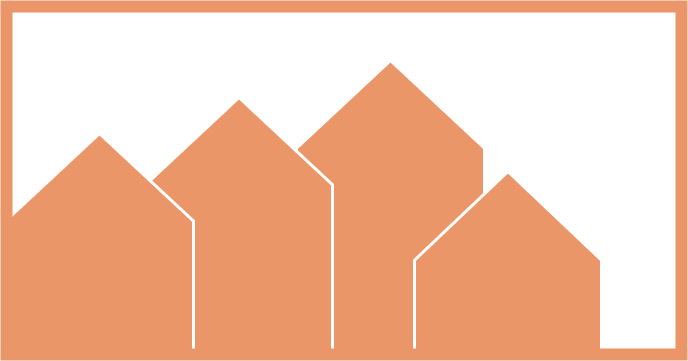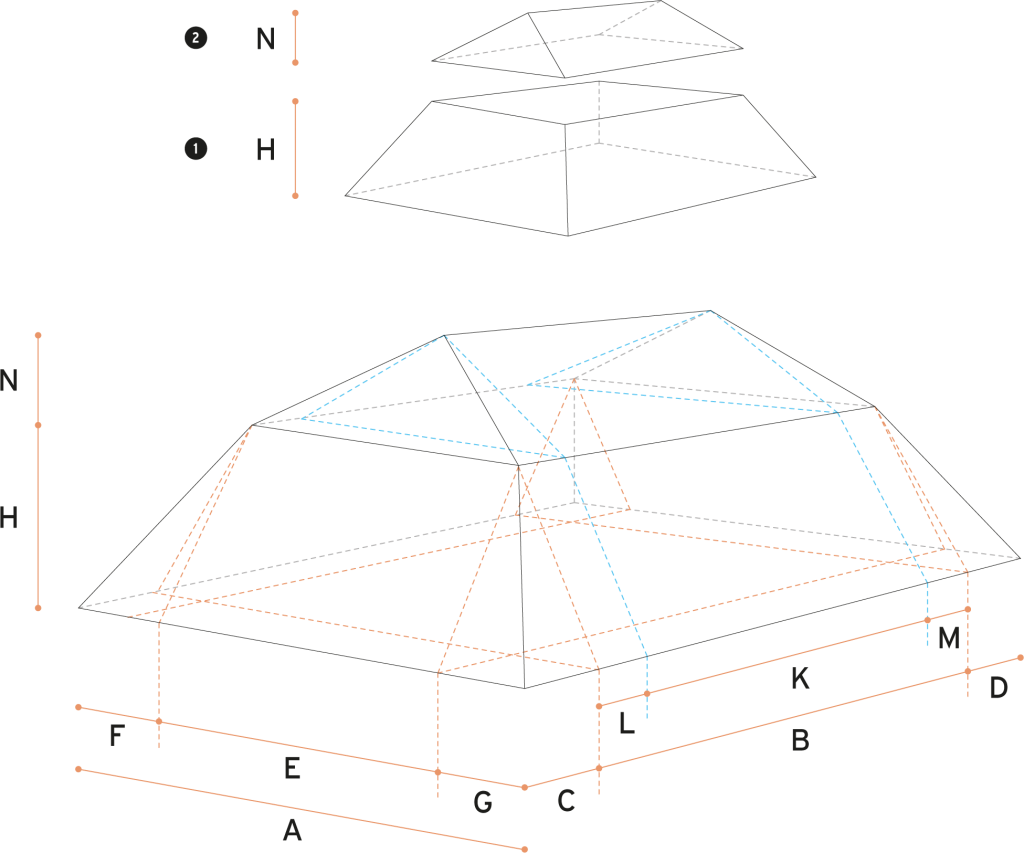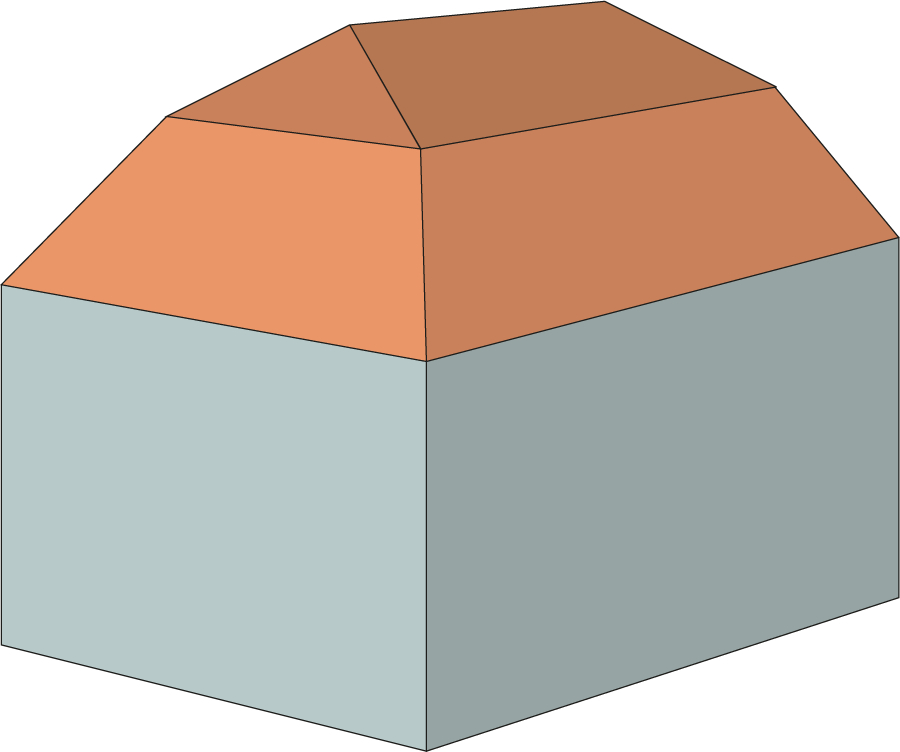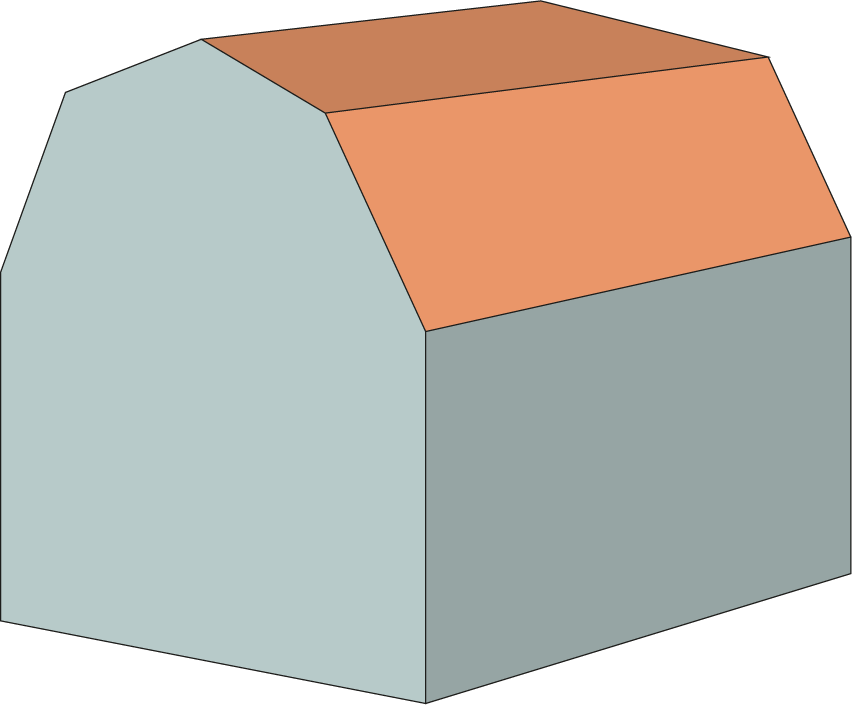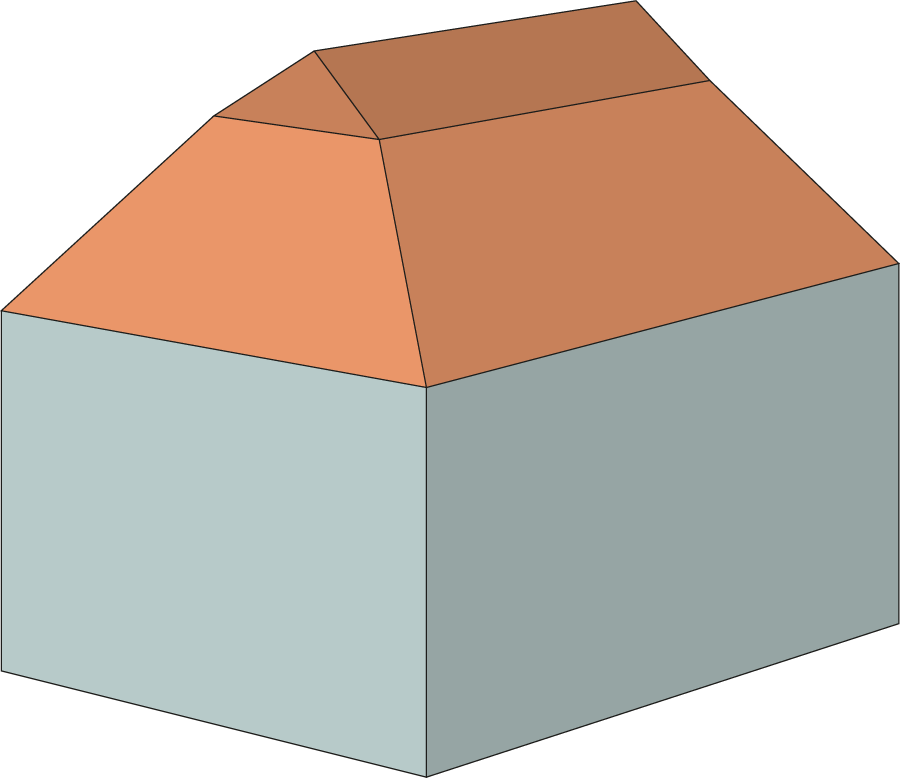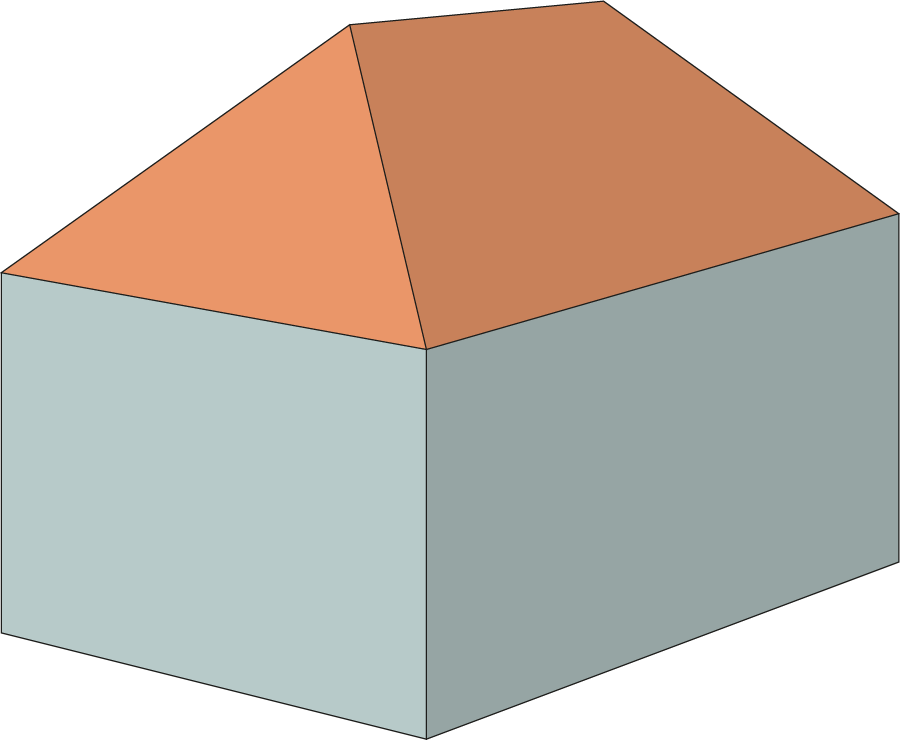A mansard roof – in the US at least – is a four-sided roof with two slopes on each side, where the pitch (slope) of the upper roof plane is shallow and that of the lower plane is steep. The two roof planes intersect along the ‘curb’ and the steep lower roof plane may even be curved.
There is an obvious similarity between the mansard roof and the gambrel roof, but the gambrel only has sloping roof planes on two opposing sides. To confuse matters, both gambrel and mansard roofs are called mansards in some of the European countries (e.g. UK and the Netherlands). So, in those countries a mansard roof is a variant of both a gable roof and a hip roof.
But in the US ‘mansard’ refers to a variant of the hip roof (four sloping sides with curb) and ‘gambrel’ only refers to a variant of gable roof (two sloping sides with curb).
Another subtle difference is that a gambrel roof generally overhangs the building’s facades, whereas a mansard roof does not.
A mansard roof has the advantage of providing more headroom in the attic than a hip roof does. For a hip-roofed attic to achieve the same interior volume, it would need a far higher roof ridge.
Synonyms mansard roof
Depending on the country or region, you’ll hear many different names for the mansard roof, including gambrel, curb roof, kerb roof, kirb roof, Dutch gambrel, Dutch colonial gambrel, Dutch roof, and French roof.
